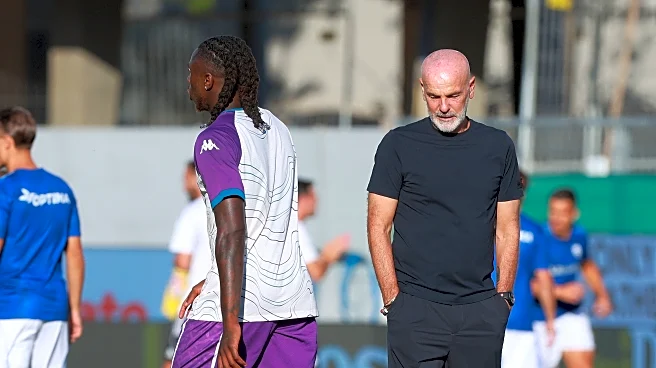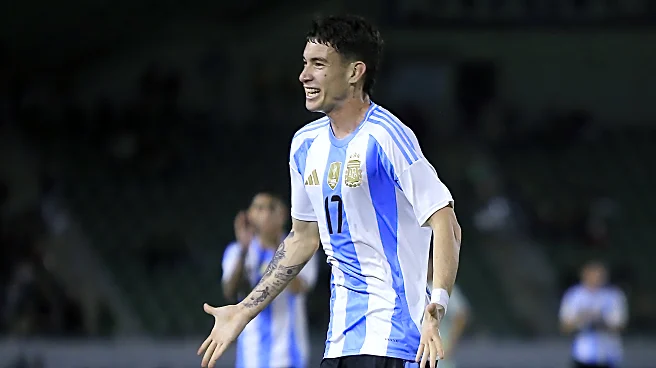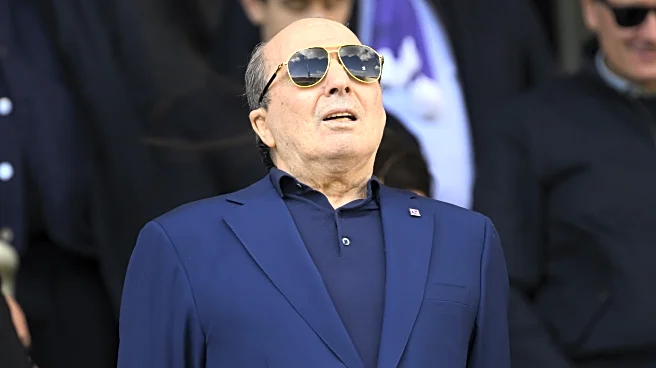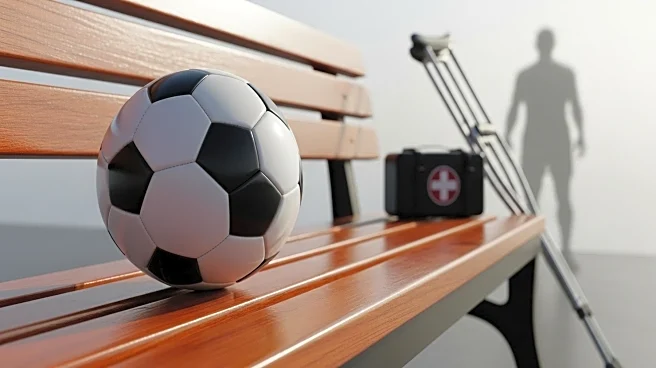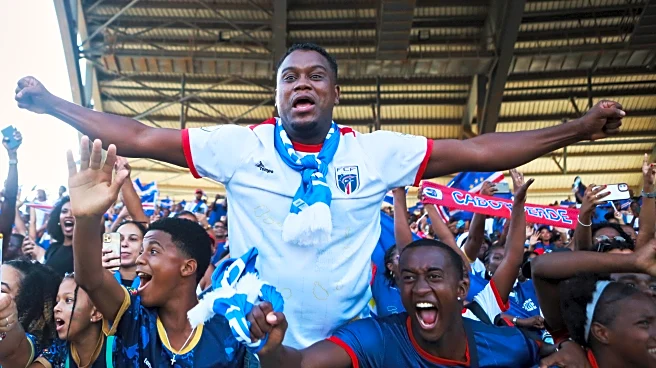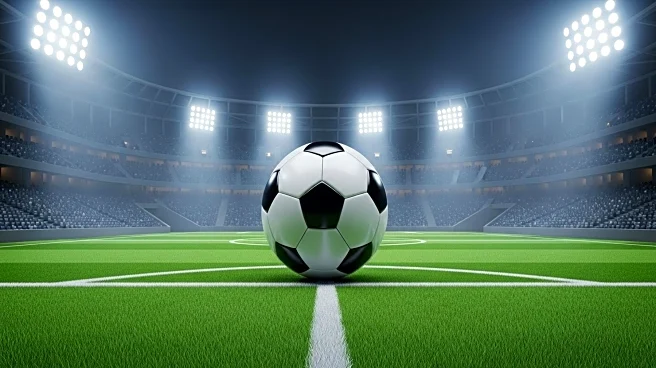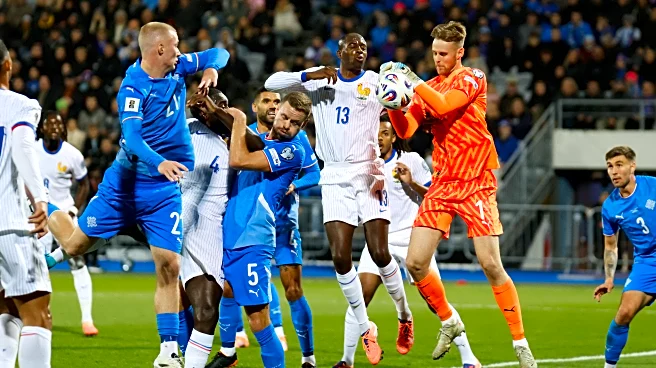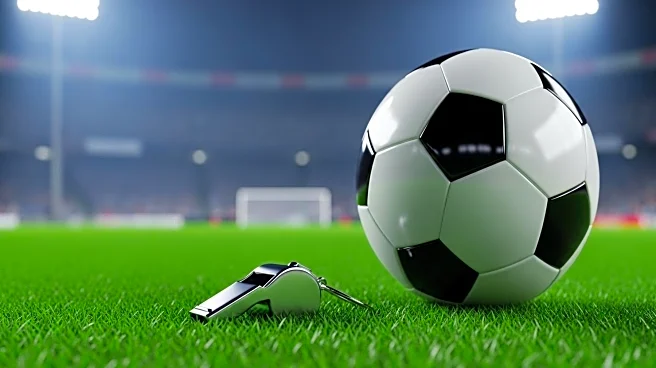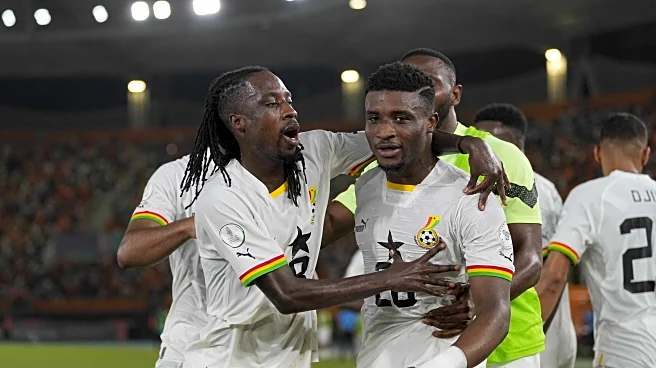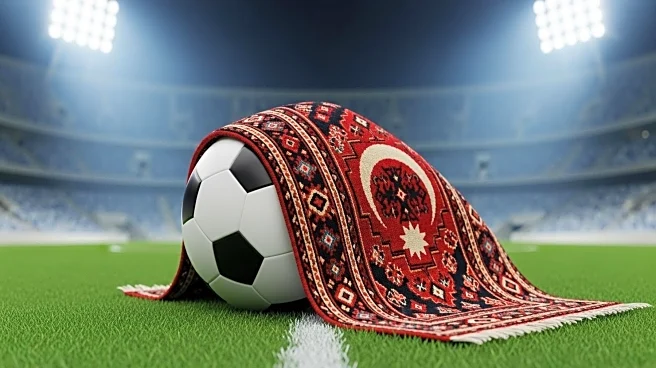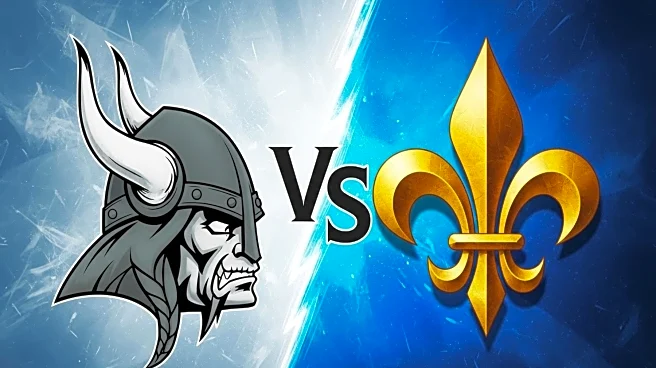As you’ve probably noticed if you hang out around these parts, Fiorentina has yet to win in Serie A this year and sits in 17th place in 3 points, just leading Hellas Verona on goal difference to avoid
the drop zone after 6 games. That’s the worst start in league play since 1976 and the primary culprit is the attack: the Viola have scored 4 goals so far, with just one coming from a striker. Factoring in the transfer fees for Albert Guðmundsson and Robert Piccoli, Edin Džeko’s big wage, and Moise Kean’s big extension and the club’s spending an astonishing €52 million in fees and salaries on 4 forwards this year for a single goal through 6 games.
It’s not just the strikers, of course. It’s a team game and it takes 11 players working together to create a whole that’s this dysfunctional. This sad quartet can reasonably assign some blame for its league-low 13 shots on frame to a midfield that’s failed to get them the ball in the box, but the simple fact is that none of the strikers on the roster have even flirted with competence so far.
If Kean, Guðmundsson, Piccoli, and Džeko were simply bad players, their performances would make sense. But their international performances have proven this year, they’re not. In fact, in a combined 9 appearances for their respective countries, they’ve tallied up 8 goals and 2 assists since the end of last year. To make that even more impressive, one of those “appearances” was Piccoli, who made his Italy debut at the 90 minute mark on Tuesday. I made a little table to really explain the disparity between domestic and international form for these guys.
So what’s the deal? I’ve tabbed 3 reasons.
1. Quality of opposition
With Italy (10th in the FIFA rankings), Kean has played Estonia (129th) and Israel (73rd). Džeko and Bosnia-Herzegovina (73rd) have played San Marino (dead last at 210th), Austria (22nd), and Cyprus (128th). Only Guðmundsson’s Iceland (74th) has faced fearsome opponents in Ukraine (28th), Northern Ireland (72nd), and France (2nd). I’ll ignore Piccoli’s stoppage time cameo against Israel.
The FIFA rankings are esoteric and often wrong due to Eurocentric prejudices but they provide a basic framework for understanding the tiers of quality at international level. While Kean’s been dynamite for the Azzurri, Estonia and Israel don’t have a single player who would start for Italy. Bosnia-Herzegovina’s talent advantage isn’t quite as dramatic but it’s still obvious against the likes of San Marino and Cyprus.
Guðmundsson’s the only one of these guys who deserves a ton of credit for inspiring his side to unlikely wins and could thus be considered an overperformer. Kean and Džeko have done exactly what they were supposed to do on paper, and that’s join up with a squad that’s simply better than its opponents and duly dispatch them. They’ve both provided moments of tremendous quality, of course, and I don’t want to minimize that, but it comes within a context of expectation. It’s easier to score on worse players.
2. Simplicity of purpose
The primary difference between domestic and international soccer is the amount of time spent in training. The club game is way more intricate because the coaches get so much more time to work with the players, installing systems that are far more complex. Over the course of a season, it’s way more important to exert control all over the pitch. International games, whether part of a qualifying campaign or a tournament, allow less space for sophisticated in- and out-of-possession setups. That’s why the best international teams usually dominate in both penalty boxes but are insipid through the middle.
On the last podcast, the Mikes talked about how Kean looks better when focused on a single thing: running in behind. It’s when he’s got more to do—linking up with teammates, dropping into wide spaces, et cetera—that he struggles. That’s true for every player, of course. It’s much easier to do one job than several. And the demands of the club game mean that players’ instructions are often byzantine: if the when the ball goes to the left centerback, run the right-hand channel unless the right wingback’s inverted to allow the mezzala to push forward or the holding midfielder’s dropped in to push both fullbacks forward or…you get the idea. It’s very complex.
I’m not saying that the international game is easier than the domestic one, but vibes, for want of a better word, can often carry a team forward through a tournament in a way they can’t through a full season. It’s partly a sample size issue and partly just the nature of the beast. Compare the past 2 scudetto winners in Inter Milan and Napoli, with their whirling movements in possession and impregnable pressing off it, to the functional pragmatism of the France and Argentina sides that won the last 2 World Cups. Most of the guys at international level have simpler jobs. Not easier, again, but simpler.
3. Centrality to the team
What Guðmundsson and Džeko have in common, internationally speaking, is that they’re both at the heart of everything their teams do. The latter is, of course, a legend in his home nation, by and away the greatest player in its history, and he’s earned that status with nearly 2 decades of excellence. As the unquestioned leader of the side, he’s a mythic figure, and everyone and everything Zmajevi do is predicated on getting him the ball in his favored spots.
Guðmundsson isn’t a protagonist at the same level but he’s the only Iceland attacker who plays in a so-called big 5 league. Iceland’s also got a weird advantage of scale: back in 2000, the country made a concerted effort to improve its youth infrastructure, focusing on producing players who have specific skills and understand how to play together. That creates a unique chemistry that has allowed the Strákarnir okkar to overachieve at Euro 2016 in particular and in qualifying generally relative to a tiny population. Everyone knows their job, and that includes getting the best players in the best positions. Albert’s more important there than in Florence and thus has more leeway to do what he does best.
Kean, on the other hand, isn’t the only star for Italy. He’s part of a stacked center forward group that includes Mateo Retegui, Francesco Pio Esposito, and Giacomo Raspadori, with Gianluca Scamacca and Lorenzo Lucca also nosing around. I’d argue that Kean benefits from not being the centerpiece for Italy the way he is for Fiorentina. With the Viola, everyone knows to double- or triple-mark him. For the Azzurri, though, there are enough other attackers to take some pressure off.
Having firmly established that it’s not just a skill issue (e.g. el Tanque Silva or Aleksandr Kokorin), the common denominator is Fiorentina. Stefano Pioli’s job is to bring the best out of his players and he has thus far failed to do so. To repeat, this is not just a Pioli problem; it takes an entire organization running at a high level of dysfunction to create a team this hopeless. There are two things he can do, though, on a macro level.
The first is the simple matter of improving every single player’s conceptualization of the plan. That’s very easy to write and very difficult to do but Pioli’s paid a lot of money to do it. I think a more compact unit that minimizes space between the lines, presses in a mid-block that can drop deep, and focuses on vertical transitions should be the framework; your interpretation might vary and that’s fine. What’s important is that Pioli creates a system in which everyone knows their role and is capable of performing repeatedly it at a high level.
It’s like putting together a puzzle in which the pieces constantly move. For example, Gosens is best bombing on and playing as an off-ball winger, which means either the outside centerback behind him or a midfielder needs to use the fullback space, and then someone else needs to use the space that player vacates to cover, and on down the line. Figuring out where in that chain there’s room for flexibility and where rigidity is necessary is what Pioli’s struggled most with as a tactician, in my opinion, and making sure that everyone understands their role and their teammates’ roles has to be the top priority.
The second thing is even more amorphous and requires a paragraph’s worth of caveat: it’s usually unfair at best and maliciously stupid at worst to question a professional player’s attitude when we only see them through a screen once a week. Nobody arrives at this level without an obsessive dedication to their craft, and any shortcomings or “not wanting it enough” are often more down to tactical decisions than some perceived moral shortcoming.
That said, you can tell when a team is emotionally united. It might not be obvious in every moment but over a 5-game stretch, the players’ interactions before, during, and after the match can indicate a unity of purpose whose impact is paradoxically inversely proportional to its quantifiability. Basically, a group that’s all pulling in the same direction can outperform its talent. It’s more common in higher variance (read: tournament) settings but having a group that’s entirely locked in generates a momentum that gives it an advantage.
Julian Naglesmann’s quote about coaching applies here. Everyone in Florence respects Pioli for the emotional strength he offered after Davide Astori’s death. There’s no question that he’s a good and inspirational person. His job now, though, is to understand his players, both individually and as a collective, and pull the right levers to get them working together. That’s more complex than any tactical tweaks and happens out of our view, but I think that’s the most important lesson he can take from his strikers’ international performances. Guys on their national teams tend to invest more of themselves into those teams and it’s up to Pioli to get that same buy-in at Fiorentina.
